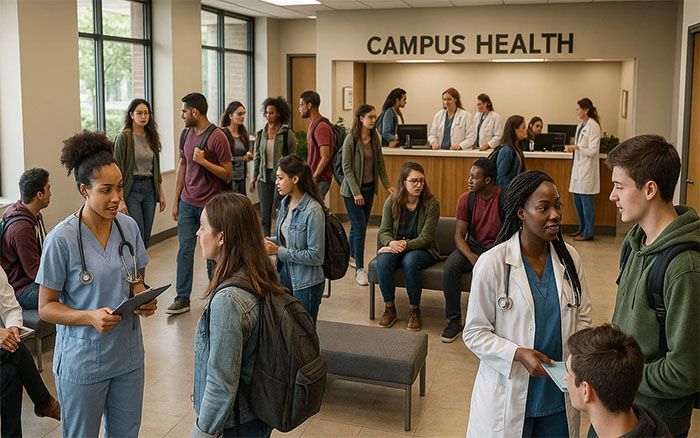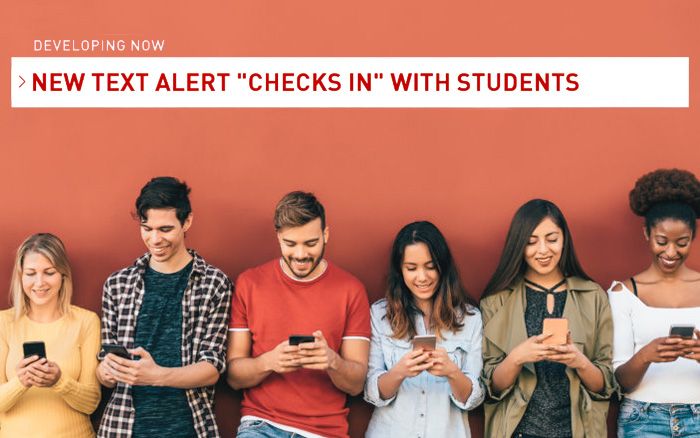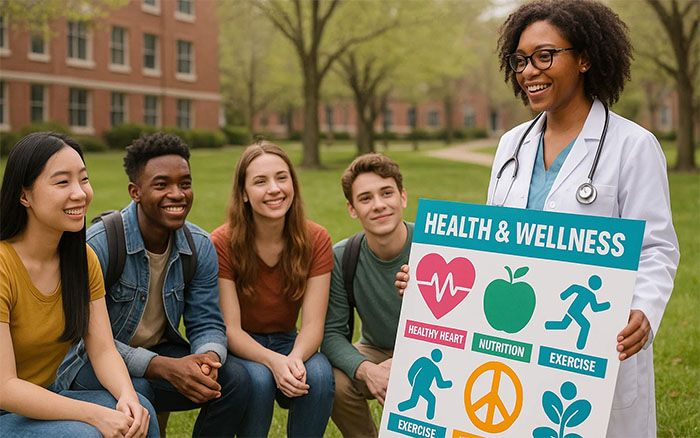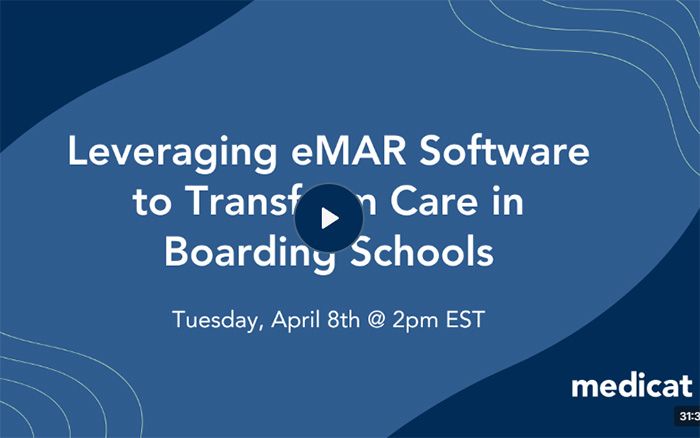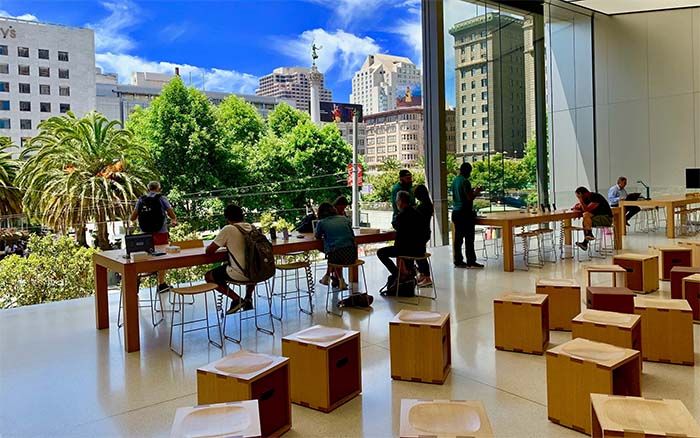Enhancing Counseling Outreach
Insights from Belmont University
Are you curious about the inner workings of a university counseling center and how they support student mental health? During our recent Top of Mind counseling webinar, we sat down with Katherine Cornelius, the Director of Counseling at Belmont University, to discuss various aspects of campus counseling, including innovative programs like Walk and Talk, challenges with intern training, HIPAA compliance, and counselor caseloads. Her valuable insights provide a glimpse into the world of campus counseling and how institutions like Belmont are adapting to meet the diverse needs of their students.
Below are some questions we received during the webinar from our viewers and what Katherine had to say:
Q1: What are some ways you’ve gotten students to engage with your outreach programming?
Katherine: Our Walk and Talk program is a unique approach to counseling that we’ve implemented at Belmont. The Walk and Talk cards play an essential role in this initiative. They are essentially a set of prompts or questions designed to encourage meaningful and reflective conversations between a student and their peer while walking outdoors. These cards help facilitate open discussions about various topics, allowing students to connect with their peers in a more relaxed and informal setting. We’ve seen great success with Walk and Talk on our campus.
Want to dive deeper into the Walk and Talk activity? Check out this clip from our webinar with some example questions from Katherine here.
Q2: I’m seeing increased challenges with training interns to do outreach work (collaborating and building ideas together), as well as attracting new staff who are interested in doing both outreach as well as the 1:1 clinical work. I’m wondering if this speaks to similar experiences you described with students struggling to come together…any thoughts?
Katherine: “We’ve definitely noticed the same thing, and I think you’re right that it’s connected! The common thread is collaboration, whether among students or within the counseling team. Encouraging interns to engage in outreach work and attracting staff interested in a diverse set of responsibilities are shared goals. By recognizing these common challenges, your counseling team can develop strategies to address them effectively.”
Q3: We’re considering Walk and Talk and things of that nature. Any tips on handling HIPAA and confidentiality, especially if a closed group wants to go out on campus?
Katherine: To ensure students’ privacy and security, the counseling team talks through these concerns with the group before heading out. Closed groups, who mutually agree to participate, discuss potential privacy issues and arrive at solutions that protect confidentiality while still allowing for an open and therapeutic environment. This approach ensures that students can benefit from these unique counseling experiences without compromising their privacy.
Q4: What does the caseload look like for each clinician, if they also have outreach responsibilities on their plate?
Katherine: Clinicians carry a caseload of 20-25 clients per week, focusing on clinical care for four days. Additionally, they dedicate one day a week to serving in the walk-in clinic. While clinical care is their primary responsibility, each clinician also serves in one extra area, showcasing the multifaceted roles and commitments of counseling professionals at Belmont.
Key Takeaways
Thank you again to Katherine for being a part of our webinar and providing valuable insights to our audience! We hope you found these Q&As helpful and gained a deeper understanding of the intricate web of responsibilities and initiatives that make up successful outreach events for college counseling centers. Katherine’s insights on innovative programs such as Walk and Talk, the training challenges that accompany outreach work, and the meticulous handling of confidentiality concerns provide a comprehensive view of the ever-evolving field of campus counseling.
